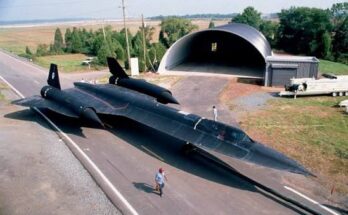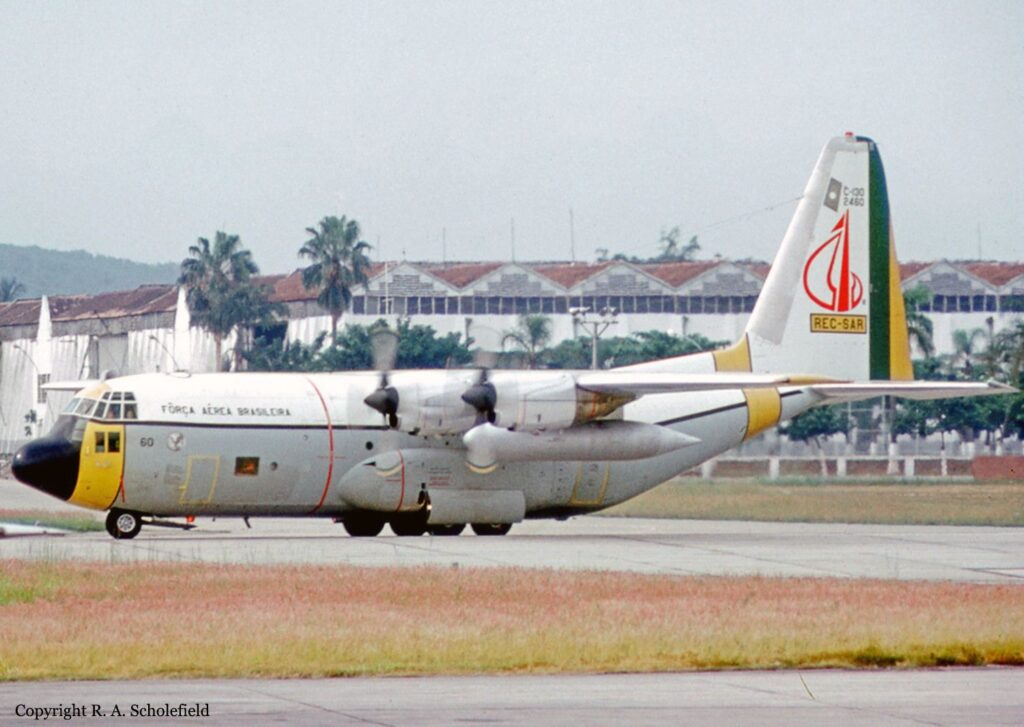
On June 21, 1994, Brazil was shaken by the tragic loss of a Brazilian Air Force (Força Aérea Brasileira, FAB) C-130 Hercules, tail number 2460. The aircraft, a vital workhorse of the military transport fleet, crashed in the rugged terrain of Bahia, Brazil, claiming the lives of all 21 people on board. This devastating event marked one of the deadliest aviation accidents in the history of the Brazilian Air Force, serving as a somber reminder of the risks faced by military personnel even in non-combat missions.
The Lockheed C-130 Hercules, a four-engine turboprop, was known for its reliability, versatility, and ability to perform under extreme conditions. For decades, it had been the backbone of military logistics for many nations, including Brazil. On that day, the aircraft was on a scheduled flight from Rio de Janeiro to Manaus, with a planned stopover in Salvador, Bahia. The mission was routine—transporting personnel and supplies—but the flight would end in tragedy before reaching its destination.
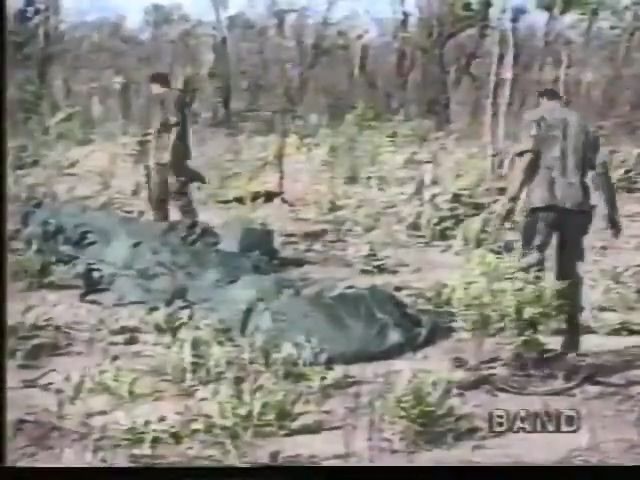
Shortly after takeoff from Salvador, the C-130 encountered deteriorating weather conditions. Witnesses later reported seeing the aircraft flying unusually low amid heavy clouds and rain. Around 11:30 a.m., the plane disappeared from radar screens, and communication with air traffic control was lost. A search-and-rescue operation was immediately launched, involving military helicopters and ground teams, but hopes for survivors quickly faded.
Hours later, rescue crews located the wreckage in a remote, hilly region near the town of São Sebastião do Passé, approximately 60 kilometers north of Salvador. The aircraft had slammed into dense forest and disintegrated on impact, scattering debris across a wide area. The force of the crash left little recognizable of the plane, and it became evident that there were no survivors among the 21 occupants—crew members and military passengers alike.
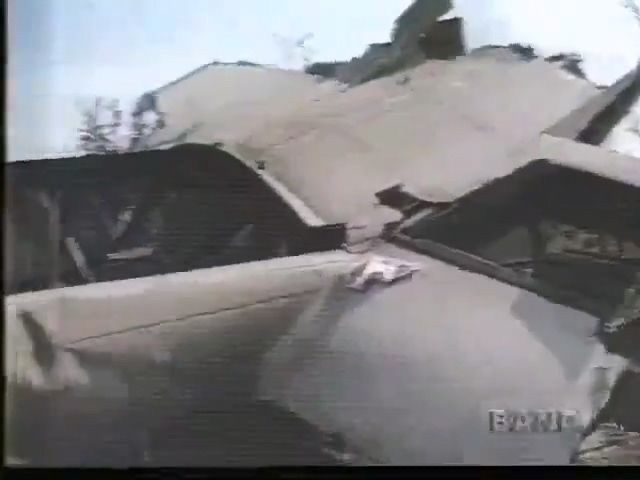
In the days following the tragedy, investigators from the Brazilian Air Force began examining the wreckage to determine what had caused such a catastrophic accident. Early reports suggested that poor weather played a significant role. Heavy rain and low visibility may have disoriented the crew or led to controlled flight into terrain (CFIT), a type of accident in which an airworthy aircraft unintentionally collides with the ground due to pilot error or lack of situational awareness.
The investigation also examined the aircraft’s maintenance records and flight data. The C-130 Hercules had been in service for years and was considered mechanically sound. However, analysts speculated that a combination of adverse weather, navigational challenges, and possible human error could have created a deadly chain of events. The final report, released months later, concluded that the crew likely lost visual reference in the thick clouds and descended below safe altitude while attempting to navigate through poor weather conditions.
The loss of aircraft 2460 deeply affected the Brazilian Air Force. The victims were honored in a solemn military ceremony, attended by government officials, military leaders, and grieving families. President Itamar Franco sent his condolences to the families of the fallen airmen, calling their sacrifice a testament to the dangers faced in service to the nation. Flags across military installations were flown at half-mast, and tributes poured in from around the country.
Beyond the immediate grief, the Bahia crash prompted the Brazilian Air Force to reexamine its operational safety standards. Training programs for C-130 crews were updated to emphasize instrument flying and terrain awareness, especially in low-visibility conditions. Improvements were also made in weather monitoring and flight planning to help prevent similar tragedies in the future.
The C-130 Hercules continued to serve Brazil faithfully in the years after the crash, flying countless humanitarian, transport, and military missions across the vast country. Yet, for many in the Air Force community, the loss of aircraft 2460 remains an enduring scar—a reminder that even experienced crews and reliable aircraft are not immune to the unforgiving nature of flight.
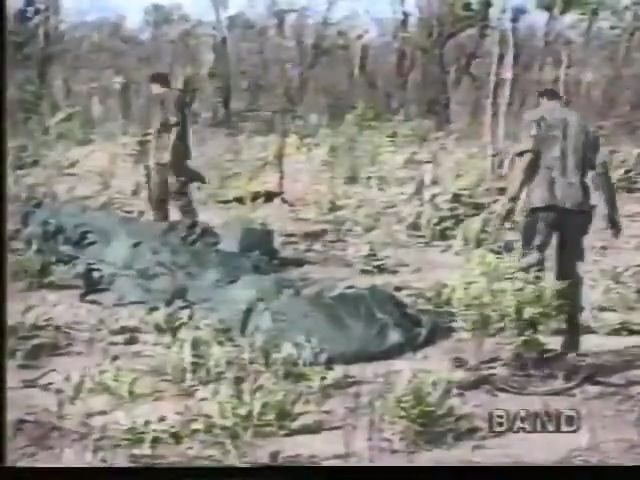
Three decades later, the 1994 Bahia crash stands as both a tragedy and a lesson. It highlights the importance of rigorous training, modern navigation aids, and respect for the limits imposed by weather and terrain. Most importantly, it underscores the courage of those who take to the skies in service of their country, aware of the risks but driven by duty.
